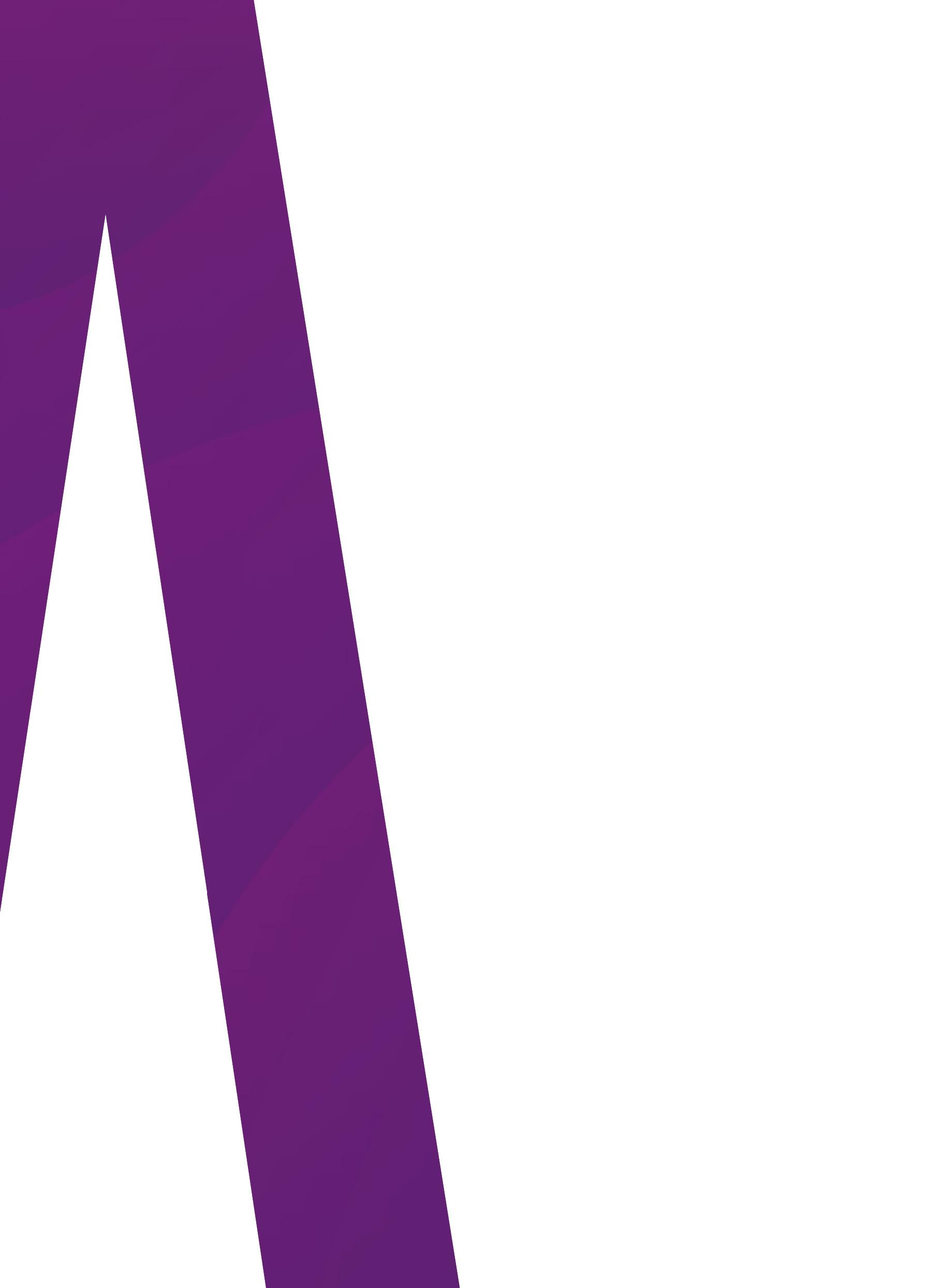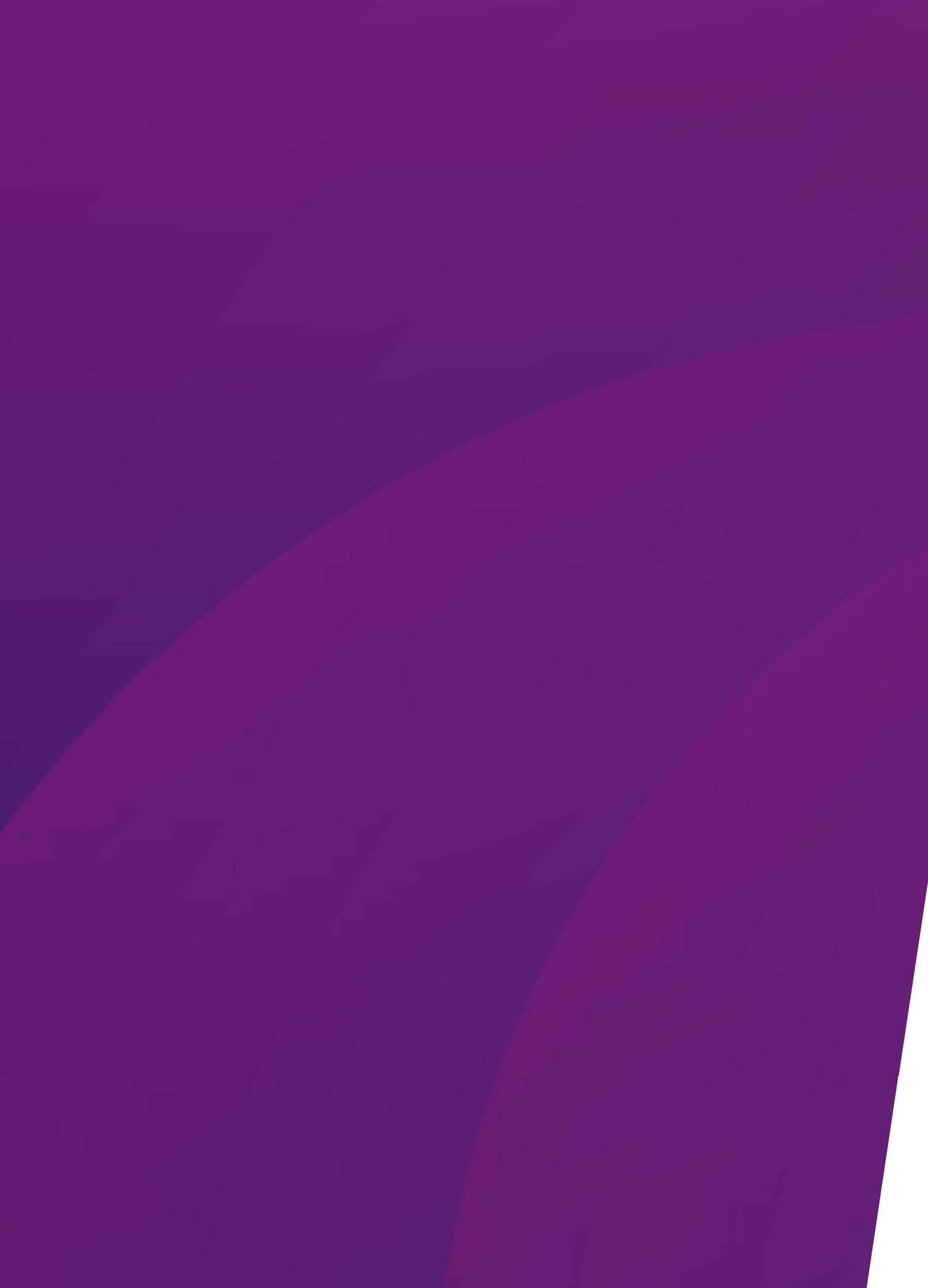

YOUR GUIDE ON THE WAY TO REHABILITATION TREATMENT
PATIENT HEALTH, HUMANITY, HELPFULNESS
BEROUN REHABILITATION HOSPITAL
SPECTRUM OF REHABILITATION TREATMENTS
FORMS AND METHODS OF REHABILITATION TREATMENTS
END-TO-END-PROCESS
ADMISSION TO THE HOSPITAL
DATA FOR BEROUN REHABILITATION HOSPITAL
BEROUN REHABILITATION HOSPITAL
REHABILITATION
CENTRE
THE REHABILITATION CENTRE OF THE BEROUN REHABILITATION HOSPITAL IS A NEWLY BUILT, EXTREMELY MODERN FACILITY, ONE OF THE BEST OF ITS KIND – AND NOT ONLY IN THE CZECH REPUBLIC.









Hospitalised patients can stay in single, double or triple rooms, equipped with modern adjustable beds, with a private bathroom, TV, and Wi-Fi. In addition to rooms with standard equipment, we also offer the possibility to be accommodated in exclusive suites with abovestandard equipment, such as an electric fireplace, a private kitchen, and a balcony or terrace.
Patients are cared for by a team of qualified healthcare staff: rehabilitation physicians, physiotherapists, occupational therapists, a clinical psychologist, prosthetist, nurses, and nursing staff.
Our comprehensive medical rehabilitation aims to eliminate or positively affect the patient’s disability in all areas, improve their quality of life as much as possible, and contribute to their full ability to work and integrate into society.
Hospitalised patients are guaranteed up to 10 treatment procedures per day; the number of treatment procedures is limited on weekends and holidays. However, the number and type of treatment procedures depends on the patient’s state of health.
The exact rehabilitation treatment plan will be determined after an initial examination by a rehabilitation physician.
In terms of staffing and equipment, the Rehabilitation Centre of the Hospital of Beroun can provide medical rehabilitation for a wide range of patients with individual and varied problems and diseases.











SPECTRUM OF REHABILITATION TREATMENTS PROVIDED
ORTHOPAEDIC DIAGNOSES
Conditions following:
Arthroscopic surgeries of the shoulder, knee, and hip joints
Unilateral knee arthroplasty
Total arthroplasty of the knee, hip, and shoulder joints
Pre-arthrosis hip surgeries (femoroacetabular impingement syndrome)
Scoliosis.
TRAUMA DIAGNOSES
Conditions following:
Joint distortions of the upper and lower limbs
Fractures of limbs and after osteosyntheses in the limbs
Pelvic fractures and after pelvic fracture surgeries
Polytrauma
NEUROLOGICAL DIAGNOSES
Conditions following:
Peripheral paralysis
Muscular diseases (muscular dystrophies)
Polyneuropathies of various origins (diabetic, inflammatory, hereditary, etc.)
Polyradiculoneuritis
Strokes and spinal cord injuries
Parkinson’s disease
Neurodegenerative diseases (e.g. amyotrophic lateral sclerosis, etc.)
Multiple sclerosis
Conditions following brain injuries and surgeries
CONDITIONS AFTER SPINAL SURGERIES
CONDITIONS AFTER THE AMPUTATION OF LOWER LIMBS
SPINAL PAIN OF VARIOUS ORIGINS AND RADICULAR SYNDROMES
NUTRITIONAL REHABILITATION
FORMS AND METHODS OF REHABILITATION TREATMENTS
PHYSIOTHERAPY
A large team of qualified physiotherapists performs the full spectrum of analytical and neurophysiological procedures, including the most advanced. These are then used in various combinations for almost all patients having neurological, trauma and orthopaedic issues, as well as for medical patients and patients suffering from spinal pain.
INDIVIDUAL PHYSIOTHERAPY
Neurophysiology-based methods
Conditioning and analytical methods
Locomotion and mobility training
Patient instruction and training
Supervised exercise on machines
Exercise on machines using visual feedback
GROUP PHYSIOTHERAPY
Group therapeutic physical education includes exercises in differently sized groups under the physiotherapists’ guidance.
OCCUPATIONAL THERAPY
Occupational therapy is a therapeutic treatment aimed at achieving the highest possible quality of life for a disabled person, their social integration, and the greatest possible degree of self-sufficiency and independence. Depending on the nature of the disability and the activity type, occupational therapy takes place either individually or in a group. The most significant activities carried out within occupational therapy include:
Training in the activities of daily living (ADL)
Training one’s locomotion, stimulation, training fine motor skills
Training one’s cognitive functions
Instructing patients
PHYSICAL THERAPY
Using our physical therapy methods, we can influence various symptoms of neurological, orthopaedic, traumatological, and vertebrogenic disorders, such as joint and muscular pain, muscle tone disorders, muscular atrophy and paresis, blood circulation disorders, and the swelling of limbs, etc.
In its physical therapy division, the Rehabilitation Centre (RC) has a number of machines and devices enabling therapy for the abovementioned changes. In the RC, we perform the following methods of physical therapy:
All forms of electrotherapy
Therapeutic ultrasound
Laser
Magnetotherapy
Shockwave therapy
Instrumental therapy for swelling
Short-wave diathermy
Cryotherapy (cold therapy)
Paraffin and peat wraps
Traditional massages
Manual lymphatic drainages
Electrostimulation and electrogymnastics are used for muscle atrophy and muscle contraction training in the case of peripheral paralysis.
Some devices allow the simultaneous application of a combination of several of the above physical treatment procedures, which enhances their effect.
HYDROTHERAPY
The modern hydrotherapy division offers two pools in one part for patient group therapy; in the other part, there are various options for individual treatment procedures. The larger pool has a water temperature of 28–32°C, a depth of 120 cm and includes a rehabilitation walkway with a height-adjustable bottom. A counter-current is also used. The smaller massage pool, with a depth of 105 cm and a water temperature of 36°C, is provided with a system of jets that can be used for underwater massages.
The other part of the hydrotherapy division is designed for a number of individual treatment procedures. For example, full-body whirlpool baths, beneficially affecting reflex changes, chronic swelling of the limbs, post-trauma conditions and many others.
OTHER DEVICES AND MACHINES
Exercise bicycles MOTOmeds
Motor-driven splints for knee, hip and shoulder joints
Balancing platforms
Devices for stability training and verticalisation
Moving walkways
Verticalisation tables
Parallel bars
Devices enabling patients to exercise in suspension (Redcord)
DAVID MACHINES
Exercise on the machines is supervised by physiotherapists. KINESIOLOGY
David fitness machines primarily promote the strengthening and balancing of weakened muscles; they also provide a unique opportunity to test muscle strength and range of motions directly on the exercise machines. All this is done under visual control on the screen of each device, and under the supervision of qualified physiotherapists.
HUR MACHINES
A set of high quality fitness machines used in programmes to strengthen the muscles of the trunk and lower and upper limbs . Loads can be set individually; the machine can be set using its touchscreen. Under the guidance of a trainer, the load and position of each machine is correctly set during the initial individual lesson, and this data is stored on the client’s smart card.
3D SPACE CURL MACHINE
This machine serves to improve proprioception and kinesthesia, and strengthen the motoric units of affected muscles which are difficult to activate by voluntary effort and which do not respond sufficiently to other procedures on neurophysiological basis.
CARDIO ZONE AND RELAXATION ZONE
The centre’s gym also includes a cardio zone with special treadmills, cycling machines, steppers, and a hand-strengthening machine.
It is used both for preparing the body for load before exercise, and for the cooldown after exercise. In the gym relaxation zone, clients have at their disposal, for example, a VELUS JET dry massage bath, offering, among other features, eight combinable variants and the possibility to set your own programmes, including time and priority for the targeted body part.
The kinesiology laboratory is used for the examination and objectification of mobility disorders. In the laboratory is a stabilometric platform – a device designed to test and treat mobility disorders, and asses postural correctness in a gravitational field.
END-TO-END PROCESS
BEROUN REHABILITATION
HOSPITAL









CONSULTATION WITH A PHYSICIAN
The first stage in the application process for a rehabilitation stay is a consultation with a competent physician, who will assess the client’s health status and suitability for hospitalisation in the rehabilitation department.
As standard, the consultation takes place via email before the client arrives in the Czech Republic, always with the assistance of the Medical Tourism Coordinator. Before the consultation, the client must provide their most up-to-date medical documentation, including an MRI scan (if necessary), and a completed questionnaire attached to their application for a rehabilitation programme, in which they must also specify other requirements.














1 2
SCHEDULING OF HOSPITALISATION





If indicated for a rehabilitation stay, the client’s arrival and length of hospitalisation is to be scheduled.








a. Date of hospitalisation
Based on the consultation with the physician, the client chooses the date of admission and length of stay according to the available capacity.
b. Accompaniment and room
The client is subsequently offered possible options of rooms/apartments to choose from. If a person is to accompany the client, notification of this must be given at the time the choice of room is being made.
c. Special requirements
In the case of special requirements other than those indicated in the questionnaire by the client, these must be communicated before the advance payment is made.
d. Advance payment and agreement
Before arrival in the Czech Republic, the client is required to pay in advance 30% of the total amount due for the ordered services, for which an invoice is issued. Only after the payment is credited to the hospital’s account is the date of hospitalisation confirmed. In addition, the client is required to sign the Client Agreement and return one copy. The Client Agreement includes attachments, such as informed consents the client is required to read in advance.
If additional above-standard services or services beyond the healthcare provision within the basic package have been ordered, the client must pay for such services the day before the end of their hospitalisation at the hospital’s cash desk.
3 4
TRANSPORT
Upon arrival in the Czech Republic, transport will be waiting at the airport to take the client to the hospital for admission. When the agreed period of hospitalisation comes to an end, transport is also arranged to a location within the surrounding area pre-specified by the client.
HOSPITALISATION
During hospitalisation, a medical concierge is available for 2 hours per day to accompany the client to treatment procedures and interpret for the client and the hospital staff if necessary. Additional hours for the concierge service are governed by the applicable price list.
Upon arrival at the hospital, the client must register with the department. The client must subsequently sign an informed consent, familiarise themselves with the hospital’s rules and regulations and pay the remaining amount for the medical services ordered.
b. Initiation of the therapy programme
After being accommodated in their room, the client receives a comprehensive initial examination, including a locomotor system diagnosis. The examination is performed by a rehabilitation physician and then by a physiotherapist. After the examination, an individual rehabilitation programme and treatment procedure plan is set according to the client’s current health needs. The programme starts on the next working day.
The set rehabilitation plan can be adjusted during the hospitalisation depending on the physician’s decision and the patient’s health condition.
a. Admission to the hospital c. Meals
Our clients are provided with full board during their hospitalisation. Meals are always specified one week in advance, and the client may choose from 2 courses. At the same time, the client’s diet and the recommendations of the nutritional therapist are taken into account. When requesting above-standard food, it is necessary to notify the hospital 14 days before arrival.
d.Termination of hospitalisation
As part of the final examination at the end of the client´s hospitalisation, the client receives a discharge medical report in the Czech language and education from the physician. The medical report is automatically sent in English within 5 working days of the termination of hospitalisation.
INFORMATION ON ADMISSION TO THE REHABILITATION DEPARTMENT
As the health of our clients is very important to us, we continue to keep in contact with our clients even after their hospitalisation has ended and remain fully available to them when needed.
WE APPRECIATE IT VERY MUCH THAT YOU HAVE CHOSEN OUR FACILITY FOR YOUR THERAPY AND HOPE YOU WILL BE SATISFIED WITH THE CARE PROVIDED BY US.
We would hereby like to provide you with some important information regarding the arrangement of your stay at the Rehabilitation Hospital of Beroun.
Before receiving the healthcare service, you and your concierge will go to the reception office, from where you will be accompanied to the relevant inpatient department and your room/apartment.
Do not leave your room needlessly on the first day of your stay; however, please inform the duty nurse if you must do so. What you can expect on the first day of your stay:
You will be examined by the attending physician, who will determine your therapy programme and short-term rehabilitation plan;
CLIENT CARE 5
The nurse will process your documentation with your assistance; you will need your ID for this;
You will also be visited by a physiotherapist who will perform an examination of your locomotor system and plan a course of physiotherapy with you (please note that if you are admitted to our department in the afternoon, the above programme may extend to the second day of your stay);
Please give the nurse all your medicines in their original packaging. During your hospitalisation, all medicines must be taken under the supervision of the attending physician and administered by the duty nurse. If you are taking dietary supplements, you may take them during your hospitalisation with the approval of your attending physician only.
The implementation of your rehabilitation plan starts the day after admission (the timing of treatment procedures can only be changed at the decision of your attending physician for medical indication).
Your daily diet is prepared by a team of experienced nutritional therapists. You are entitled to a full lunch on the day of admission (in the case of admission in the morning). On the day of discharge, the provided meals end with breakfast.
Payments for surcharged extra services at the Rehabilitation Centre can be made by credit card, bank transfer, or cash at reception.
In addition, we would like to ask your visitors not to disrupt your therapy programme with their presence on the department. The most appropriate time for visits is between 2 p.m. and 7 p.m. If you are leaving the building with your visitor, please inform the duty nurse.
Please inform the duty nurse as well if you are leaving the Centre’s building alone – for example, to walk in our hospital park.
If you need to consult with your attending physician, we recommend doing this during afternoon hours (usually between 1 p.m. and 3.30 p.m.). This is individual and subject to prior arrangement.
The Rehabilitation Centre admits clients based on advance scheduling only. The agreed length of hospitalisation, admission and discharge days must therefore be adhered to. Changes are only possible for serious personal or medical reasons, with the prior approval of the senior consultant.
Please note that no procedures are carried out on the day of discharge and that you must leave the room by 8.30 a.m.
It is highly recommended to take the time to read more information about the operation and paid services of the Rehabilitation Centre.
We wish you a comfortable stay.
DO NOT FORGET TO BRING WITH YOU
WHAT WE PROVIDE IN OUR DEPARTMENT
Towel, dressing gown
Bath towel
Valuables and large sums of money can be stored in the hospital safe
Note to pool visitors: Due to stringent hygiene standards, we kindly ask our patients not to use lotions, make-up, perfumes, and other cosmetic products before their scheduled visit to the pools. Please take a thorough shower (no swimwear on) and use soap just before entering the pool.
WHAT TO BRING TO THE REHABILITATION
DEPARTMENT
All medical documentation or referral for hospitalisation
RTG and MRI scans, if available
Identity document
Document of travel health insurance
Items for personal and hygiene needs, pyjamas
Comfortable clothing for indoor exercise and other physical activities that are part of the rehabilitation programme
Comfortable and safe shoes for exercise + slippers
Books, magazines
Personal health equipment
Swimwear
Medicines you use permanently in their original packaging




